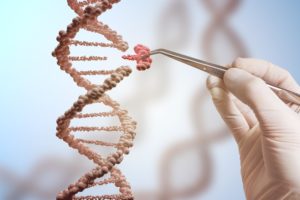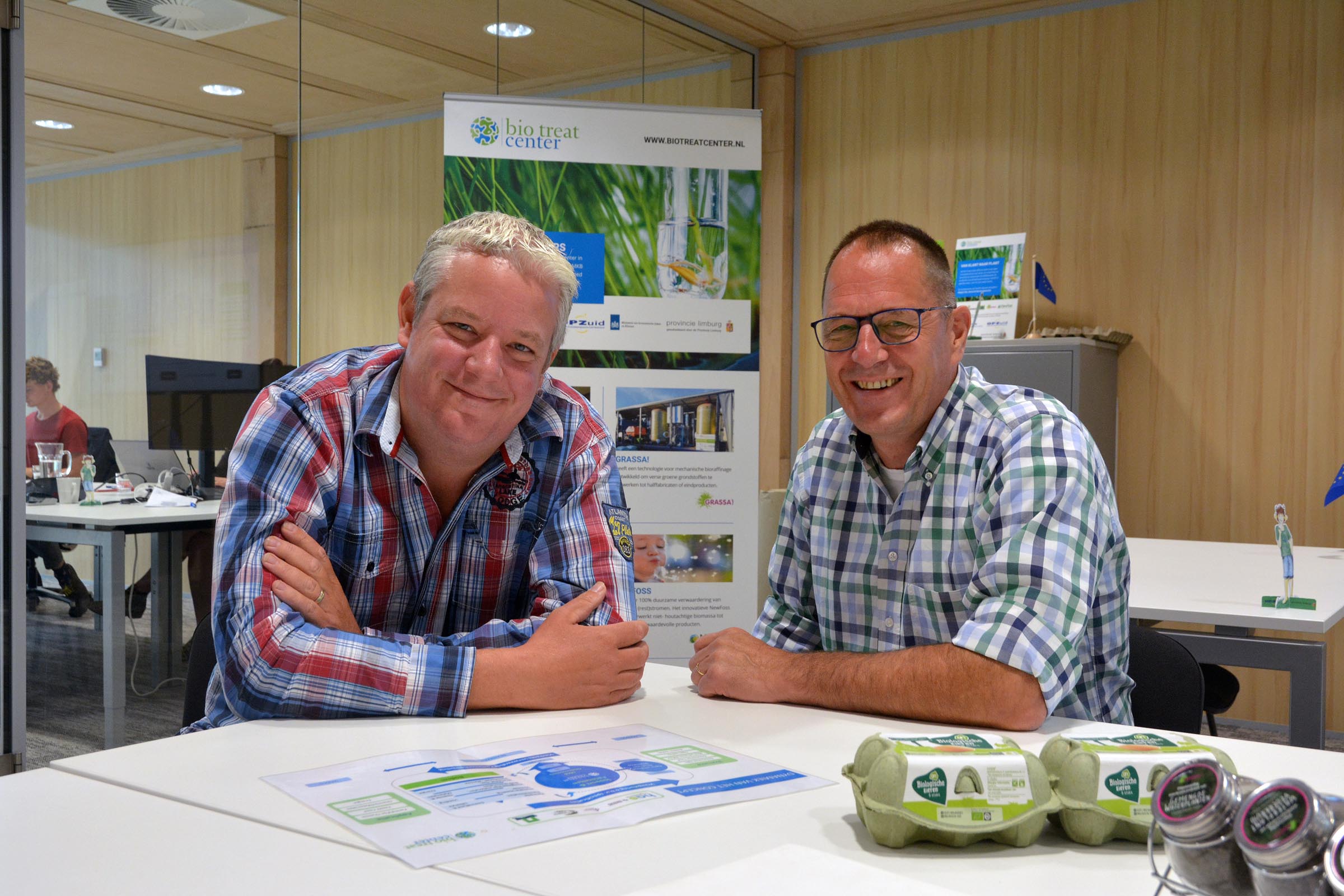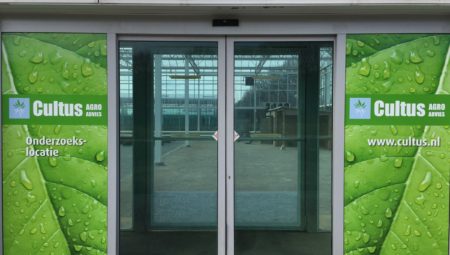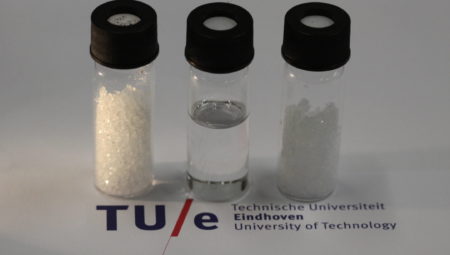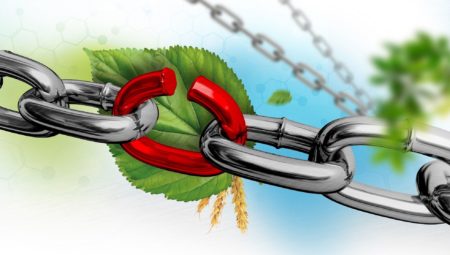Luisa Bortesi is involved in this, as Research Leader of the Molecular and Applied Biotechnology Group in AMIBM: “We develop technology for the development of bio-based building blocks and materials by optimising plants and microbes. The BTC is important to us in this respect. They can indicate which plants, with which desired properties, should be the subject of our research. We can then optimise these properties in terms of growth and metabolism, for example. The ultimate goal is to increase the usefulness of the plant for sustainable commercial applications.”
Genetic techniques
Bortesi is an expert in new genetic techniques, such as CRISPR/Cas. But the technique is not without its disputes. The EU regards CRISPR/Cas as a genetic modification technique. This means that plants that have been modified in this way are classified as GMO (Genetically Modified Organism), and are not admitted to the European market.
“We only use it now as a research tool, with which we identify the genes that need to be modified,” says Bortesi. “That lets us work much faster and more accurately than with traditional techniques (such as selection, cross-breeding and mutation breeding, ed.). In reality those are trial and error and can take years. Once we’ve found interesting characteristics in a plant, they can still be reproduced using traditional cultivation techniques. That sounds cumbersome, but in the EU right now it’s the only way to speed up research without being given the GMO designation.”
Chemistry
“It’s specifically about cooperation in the field of high-quality materials,” says Patrick Lemmens, BTC Programme Manager. “We’re going to link our networks, just as we are already doing with the Chemelot Institute for Science & Technology (InScite) for chemistry.”
In the collaboration with InScite, the focus is on the development of bio-based chemical building blocks and biomedical materials. Lemmens: “Entrepreneurs then join in. An example: the Vertoro start-up produces oil from lignin. This means that at the front of the chain we don’t have to think about the end product, but about the requirements that the lignin must meet. It’s made from finished champost, a product from mushroom cultivation that BTC partner Hofmans supplies. Working with Vertoro, we investigate whether this can meet the specifications. That’s how we complete the chain.”
Plant-based electronics
Plants that currently hold potential for AMIBM research because of their ingredients include tagetes, sorghum, fibre hemp, nettle and milk thistle. But a grower cannot set up a completely new value chain on his or her own, based on a finding in the lab that a plant contains certain ingredients. Lemmens: “Scaling up without turnover isn’t possible.”
So for example, BTC sees future opportunities in acquiring a replacement for graphene from fibre hemp bark. Graphene is an extremely thin, flexible and transparent material that conducts electricity and heat better than silicon. That makes it suitable for innovative electronic applications, such as conductive ink, roll-up touch screens, flexible solar cells and of course computer chips. Eindhoven University of Technology is conducting research into this in a European consortium. Unfortunately graphene isn’t cheap to produce in large quantities. The extraction of a graphene substitute from hemp could well be an important breakthrough, with enormous market potential. And BTC can play a role in this.
“We can only develop such a chain integrally,” adds Patrick Lemmens. “Because an entrepreneur can’t deliver tons in one fell swoop. First you have to fully-plant many hectares. That will only succeed if we look at the sales opportunities and products of today. Without losing sight of tomorrow’s applications. That’s why this cooperation is important.”
Nettle plasters
Lemmens cites another example: “At the BTC an entrepreneur is actively researching the surface area returns for milk thistle. This plant is known for its medicinal properties, but is rarely grown in the Netherlands, because it’s difficult to get the business case right. By looking at the total value of this crop (including the health applications), including a supposed disease-resistant effect in horticulture, you could justify its cultivation.”
Another example of such a multi-purpose plant is the nettle. Ton Voncken, BTC Director: “You can use the juice as a biological pesticide for insects in tree cultivation. The company Cultus, based at the Brightlands Campus Greenport Venlo, is investigating which content is responsible for this, and whether it could perhaps be extracted. Meanwhile the healthcare sector is interested in the nettle because of another agent that occurs in it, used for the treatment of certain wound diseases. The fibre of a nettle is also super-strong and water-repellent. You could use it to make plasters and gauze that will not come loose in water. Combine that with a substance that speeds up wound healing, and you have a fantastic product. Research into this is still in its infancy, but if we now start cultivating a nettle that’s smaller and has a very high ingredient content, we are developing a fantastic new chain. Then we have a multiple business case.”
The role of the BTC is to bring the various parties together at the right time. Voncken emphasises that tapping into new markets isn’t a case of sitting at one’s desk and looking for information on the computer. “There’s enough knowledge. But what’s needed is to turn it into business, interaction, exchange and collaboration with a research institute like AMIBM. Because I’m sure that this one isolated entrepreneur really doesn’t know just what research is underway in AMIBM. That’s still far beyond his reach. He has a two-year horizon, while for the development of new chains it’s interesting to see just what will happen in ten years’ time.”

